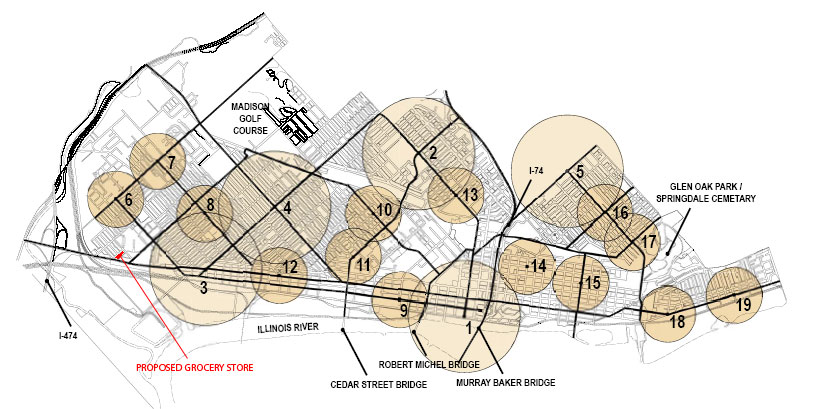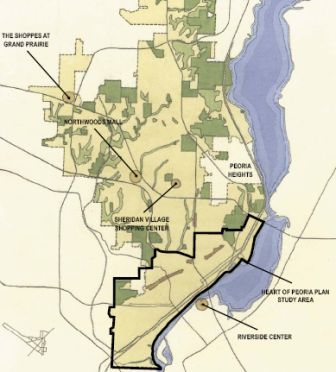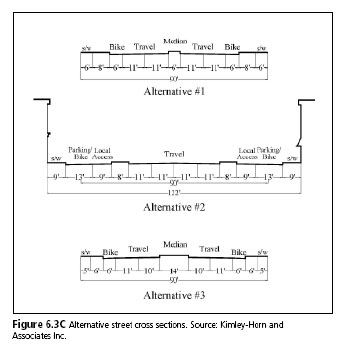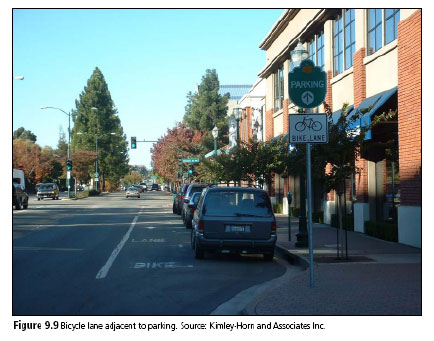First, a special thanks to CJ for the opportunity to submit this piece and explore the potential of the Peoria Riverfront Museum.
As a 30-year resident of Peoria — where my children were born and grew up — I am very interested in how my city faces the future. So when the museum project came on the horizon, I wanted to find out just how this will “play in Peoria.†After much research, I am a firm supporter of the new museum. I believe communities are largely defined by how well they preserve their heritage, promote and present the arts, stretch young minds and imaginations, and celebrate human achievement.
The Peoria Riverfront Museum will do all of those things in a unique way — known as the Delta concept. Through the Delta concept, museum visitors will learn about history, art, science and achievement in a way that puts it all in a shared context.
While one-dimensional museums present an isolated view, the Delta concept will blend and merge many views so that the visitor learns about more than just a single historic event or piece of artwork. They will be able to understand the many factors that influenced the historic figure or artist as they made their decisions or created their painting.
Museums are, first and foremost, about education. Lakeview Museum has been a magnificent resource to this community for arts and sciences education. By joining with its other partners—Peoria Historical Society, Illinois High School Association, African American Hall of Fame and the Peoria Regional Museum Society — the education component of the new museum will explode. In one setting, thousands of people will be able to explore hundreds of subjects in a depth and scope normally found only in museums in much larger cities.
The education component is particularly important for our children who are struggling in school. It is no secret that the core of our community is going through difficult times. Those factors affect and impact on children’s abilities to stay focused in school. All children can benefit from the stimulation and sense of wonder that comes from visiting museums. I am hopeful that there will be a special emphasis to bring in children who are having a difficult time in school—perhaps through after school or weekend programs sponsored by businesses—to help spark their interest in education. The community as a whole will benefit.
Another issue that has been put forth by some is the use of such a large space for just two buildings, the museum and Caterpillar Visitor’s Center, and how that fits in with the Heart of Peoria Plan and its emphasis on what is known as New Urbanism.
First, it should be mentioned that the museum planners originally received two-thirds of the space for the museum, with the remainder being retained by the city for possible retail development. Caterpillar then stepped forward and asked for the other one-third for the visitor’s center, which was granted by the City Council with full knowledge of the general space utilization and overall footprint of the two buildings.
As a general comment, I support New Urbanism as it applies to new development; it makes a lot of sense. Upon doing research regarding New Urbanism I found that the proposed use of the space fits in well with New Urbanism principles. Rather than criticize the approach, New Urbanism proponents should be using it as a shining example.
First, the riverfront area should be defined as a neighborhood, or even a district in New Urbanism lingo. A neighborhood consists of mixed uses for apartments, homes, shops and offices, while a district has a more defined use but should retain the principles of neighborhoods where possible. One could consider the riverfront more of an entertainment district than a neighborhood.
But for these purposes, let’s consider it a neighborhood. In New Urbanism, a neighborhood has a public space at its center which is no more than a five or 10 minute walk for all of those in the neighborhood. The Charter for the Congress For New Urbanism says, “Civic buildings and public gathering spaces require important sites to reinforce community identity and the culture of democracy. They deserve distinctive form, because their role is different from that of other buildings and places that constitute the fabric of the city.â€
Adreas Duany and Elizabeth Plater-Zyber, the inspiration for Peoria’s New Urbanism efforts through the Heart of Peoria Plan, put it this way, “Certain prominent sites at the termination of street vistas or in the neighborhood center are reserved for civic buildings. These provide sites for community meetings, education, and religious or cultural activities (emphais added).â€
And finally, the Heart of Peoria: Implementation Charrette Report and Master Plan produced by Farrell Madden Associates with Urban Advisors in May of 2006 suggests creating new outdoor civic spaces and providing new outdoor public spaces, people places, squares and civic greens. The report focuses on the Warehouse District, Sheridan Triangle and Prospect Rd., but did not look at the museum block. It did make a brief reference to “reclaiming†the Peoria riverfront for all of its citizens through walkways, displays of public art, access to the water, etc., all of which were in place at the time the report was prepared.
If you consider the area from the RiverPlex to WTVP and from the river to Washington St. a neighborhood, then the new museum is clearly the center of the neighborhood and the open space there meets all of the recommendations cited above for gathering places, people spaces, community meetings, education, cultural activities and so forth.
The use of the outdoor museum space as a gathering place is the very definition of what New Urbanism recommends for the center of a neighborhood. Other aspects of a neighborhood already exist, including a variety of housing options, shops and offices, all with entrances right off the street. There are many entertainment venues as well.
Consider a bright spring day with people enjoying the outdoor space at the museum, perhaps playing a game of chess with giant chess pieces, playing hopscotch, watching street performers or enjoying lunch or coffee at an outdoor café. Children are creating giant bubbles while another group listens to a storyteller. This is what gathering places and people spaces are all about, and they just don’t exist without some kind of driving force such as a museum.
The only reference I find in the Heart of Peoria Report and Master Plan to the museum block is a rendering that shows seven buildings in the space, six of which I believe are to represent separate buildings for the various museum partners and one is designated for retail space.
This approach is so ill-advised that it really doesn’t deserve comment. Clearly the report producers did not understand the museum’s vision of creating a Delta concept, nor did they have any grasp of or give any consideration to the cost of building, maintaining and staffing six different museums. Increasing the density of the block eliminates the center of the neighborhood and is actually in conflict with New Urbanism principles.
There are many other aspects of the project that have been challenged at one time or another: the cost; the need; who supports and controls the project; the potential use of tax credits for funding; will be a tourism draw; and, of course, the name. I hope the planners don’t listen too much to all the naysayers and give up and I hope delays are minimized so that increasing costs don’t result in a downsized museum.
There is a great deal of work yet to be done and few final decisions have been made. As with most projects of this magnitude there surely will be changes and compromises in the future. But when the doors open, I will be at the head of the line and I’m sure I’ll be joined by thousands of other central Illinoisans who will be proud of the result and proud of all the people who worked so hard to make the Peoria Riverfront Museum a reality.
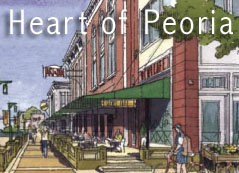 The City Council tonight deferred action on the fate of the Heart of Peoria Commission (HOPC) until July 24. There was a meeting tonight at 4:30 that included Councilwoman Barbara Van Auken (2nd Dist.), HOPC Chairman Bill Washkuhn, Councilman Patrick Nichting (5th Dist.), and Mayor Jim Ardis. Although an effort was made to resolve the issue in time for tonight’s meeting, they did not reach a consensus, hence the item was deferred.
The City Council tonight deferred action on the fate of the Heart of Peoria Commission (HOPC) until July 24. There was a meeting tonight at 4:30 that included Councilwoman Barbara Van Auken (2nd Dist.), HOPC Chairman Bill Washkuhn, Councilman Patrick Nichting (5th Dist.), and Mayor Jim Ardis. Although an effort was made to resolve the issue in time for tonight’s meeting, they did not reach a consensus, hence the item was deferred.
